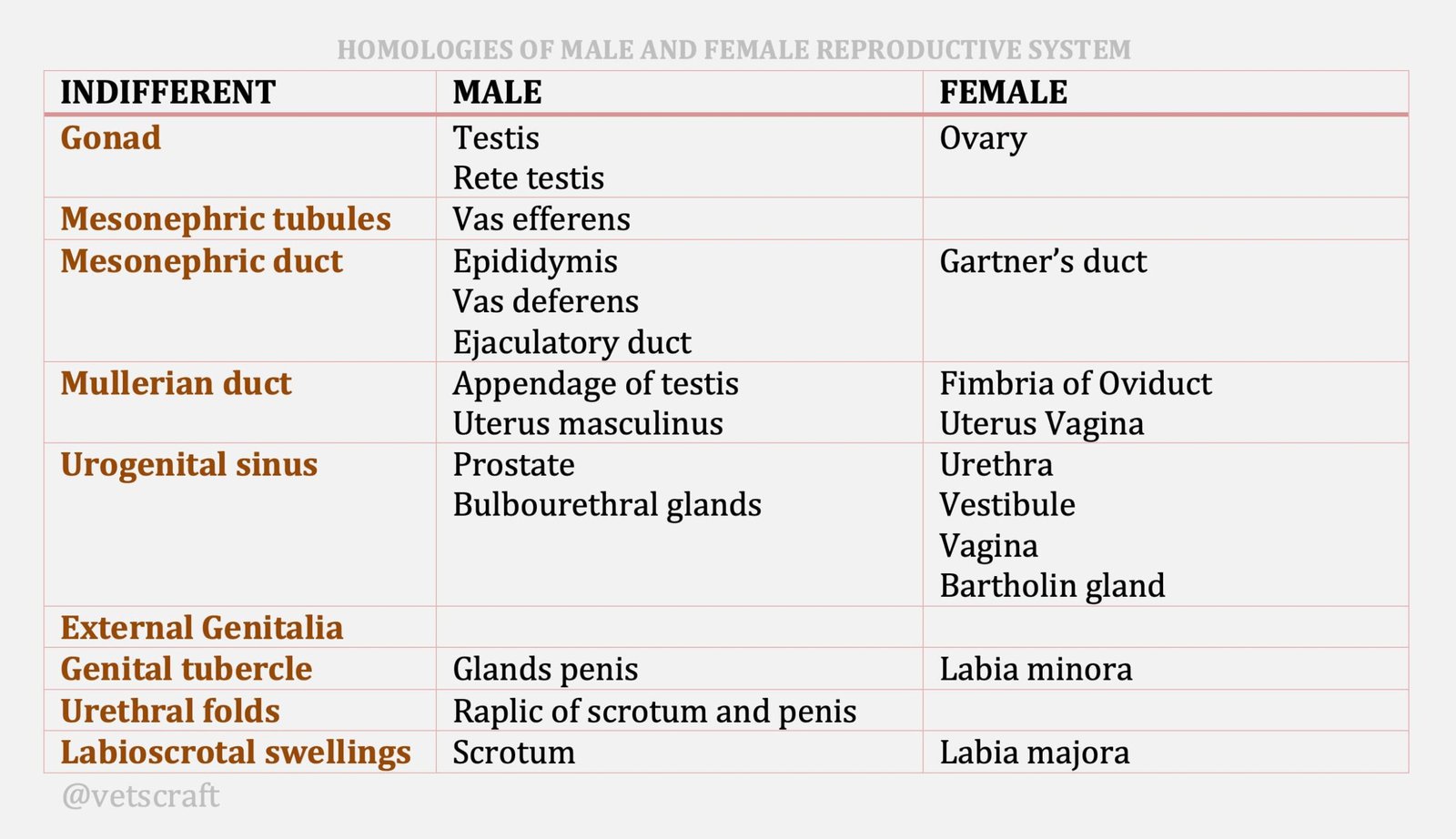Endocrine Control of Oestrous Cycle
The endocrine control of the oestrous cycle is a complex interplay of hormones regulated by the hypothalamic-pituitary-gonadal axis.

The oestrous cycle consists of two phases-the follicular phase and the luteal phase. The follicular phase of oestrous cycle is initiated and regulated by the release of GnRH from the two centers, tonic and surge centers of hypothalamus.
The Ventro-medial nucleus and arcuate nucleus of hypothalamus form the tonic GnRH center, which is responsible for basal secretion of GnRH in small pulses over substantial period of time.
The CNS receives information from the environment of the animal and conveys this information to the hypothalamus. Within the hypothalamus endocrine neurons release GnRH.
This GnRH is transported via the hypothalamo hypophyseal portal system and reaches the anterior pituitary where is stimulates the synthesis and secretion of LH and FSH from anterior pituitary gonadotrophs.
Early stages of follicular development are independent of gonadotrophin support. However FSH and LH are required for antrum formation and for development beyond 9 mm diameter. The dynamics of autrtal follicles involves three major events, recruitment, selection and dominance.
- High levels of FSH, low concentration of LH and no inhibin initiates follicular recruitment from a pool of ovarian follicles.
- Selection of healthy follicles is achieved by moderate levels of FSH, LH and low levels of inhibin.
- The dominant of ovulatory follicle is characterized by low levels of FSH, high levels of LH and inhibin.
Within the selected follicles, LH binds with LH receptors located on the theca interna if the developing follicles and activates the conversion of cholesterol to testosterone. Testosterone then diffuses into granulose cells and gets aromatized to estradiol 17 beta under the influence of FSH.
Two cells, theca and granulose cells and two hormones, FSH and LH are involved in the production of estrogen. Hence called as two cell two gonadotropin theory.
As the selected follicles continue to grow to dominant stage it causes suppression of other follicles larger than 4 mm diameter. Estrogen and inhibin secretions increase. The increased concentration of inhibin exhibits a negative feed back on FSH release from anterior pituitary resulting in atresia of unselected follicles.
As estrogen levels reaches a threshold, it stimulates the surge center namely the preoptic and suprachiasmatic nucleus of the hypothalamus and causes GnRH surge which in turn stimulates LH surge leading to ovulation.
After ovulation the theca interna and the granulose cells of the follicle undergo luteinisation, a process governed by LH. Immediately after ovulation the walls of the follicle collapse into many folds.
These folds begin to interdigitate, allowing thecal cells and granulosal cells to mix. The luteal tissue consists of large and small luteal cells. The large cells originate from granulose cells and secrete oxytocin and progesterone. The small cells originate from cells of theca interna and secrete progesterone.
The progesterone stimulates hypertrophy of endometrial glands, increases uterine milk secretions, inhibits contractions of uterus and prevents neutrophilic infiltration.
Progesterone also plays an important role in endocrine control of reproduction because it exerts a strong negative feed back on the hypothalamus thereby preventing development of preovulatory follicles (follicles develop during luteal phase but do not reach preovulatory stage unless progesterone decreases, production of estrogen, behavioural oestrus, preovulatory surge of GnRH and LH).
If the animal is not pregnant, the CL undergoes luteolysis. Luteal oxytocin and PGF2 alpha from endometrium cause luteolysis. Estrogen from the follicular waves cause formation of oxytocin receptors in the uterus.
The oxytocin from the CL binds to oxytocin receptors in the endometrium and activates the enzyme system necessary for formation of PGF2 alpha. The PGF2 alpha reaches the ovaries by a vascular countel current exchange system.
Luteolysis is brought about by:
- (Reduction is blood flow to the CL by vasoconstriction.
- PGF2 alpha binds to specific receptors on large luteal cells causing influx of Ca ions. High intracellular Ca ions is thought to cause apoptotic effects (programmed cell death).
- PGF2 alpha receptor complex also activates protein kinase C (PK-C) which inhibits progesterone synthesis.
Proposed steps resulting in the loss of progesterone production from steroidogenic cells.

